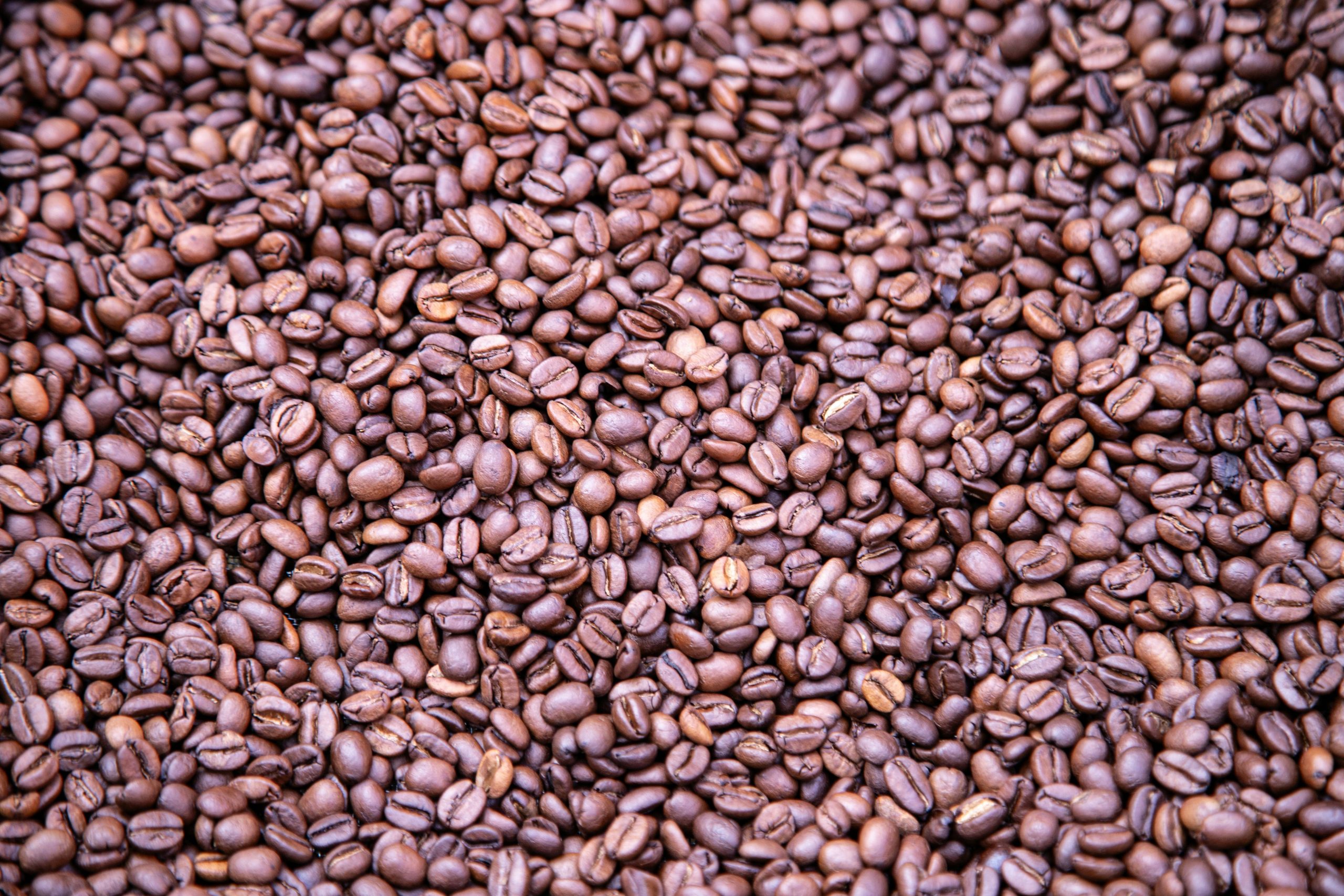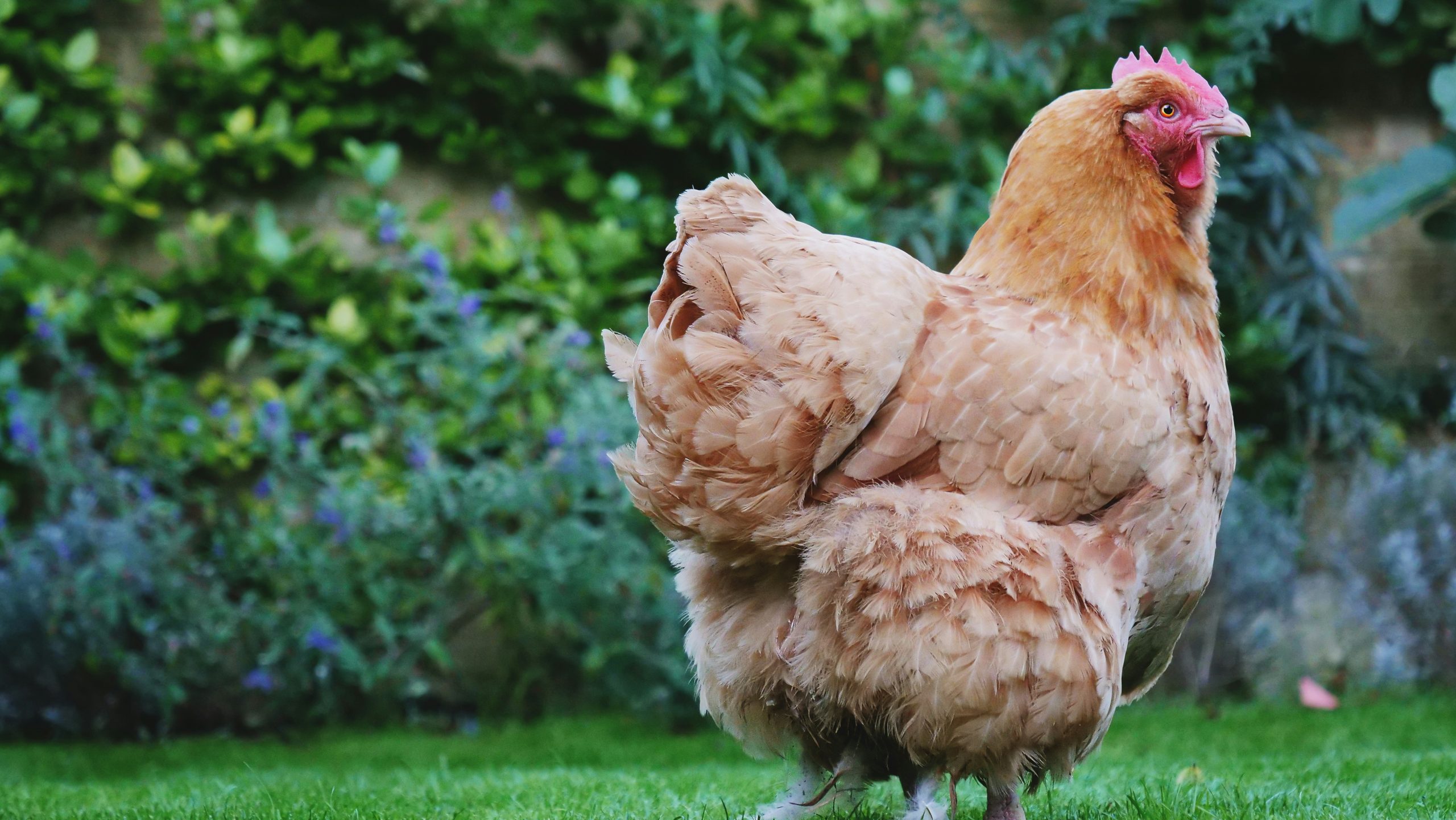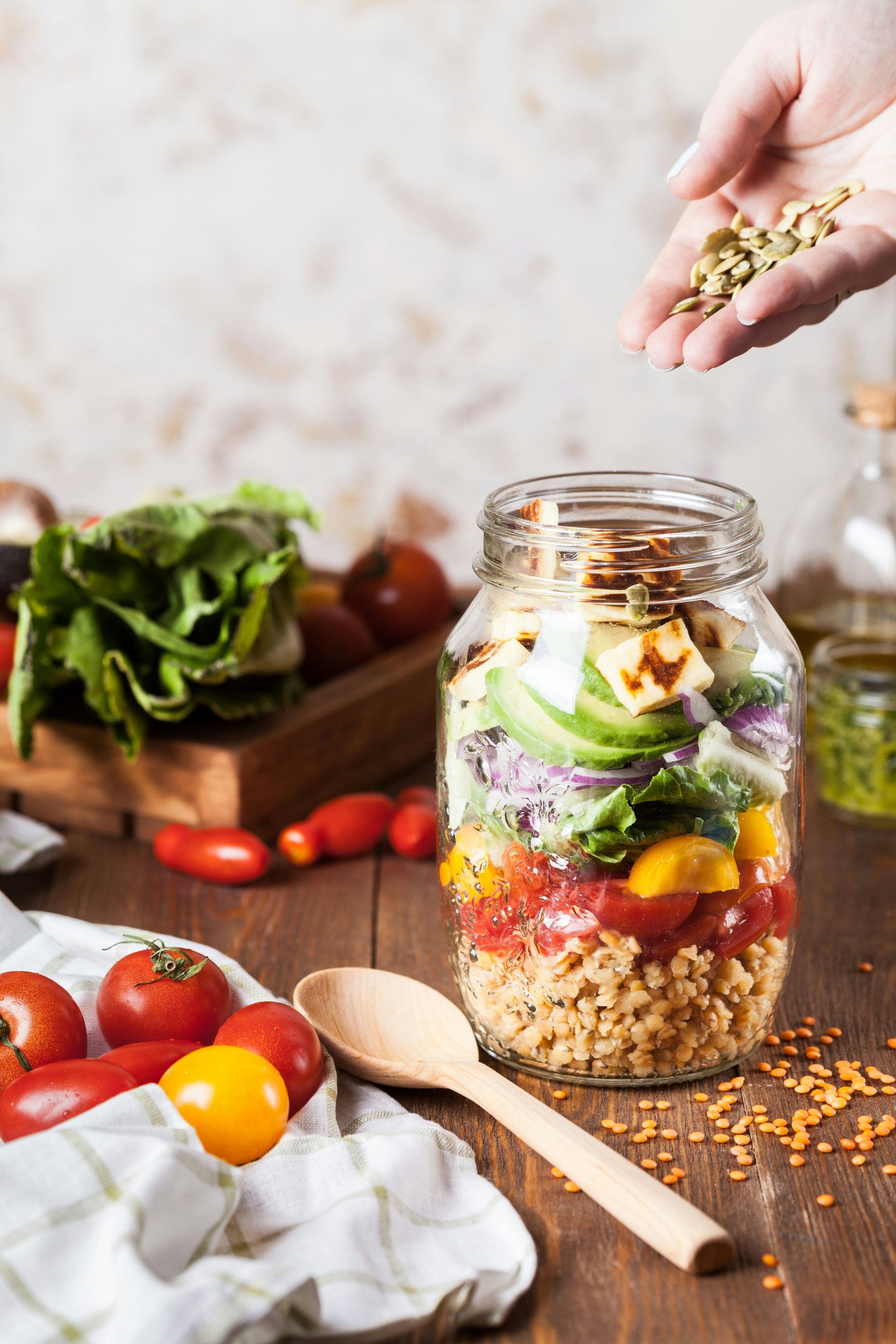Culinary Techniques: Essential Cooking Skills Every Foodie Should Master
Let me take you back to a Saturday morning a few years ago. The sun was shining, and I had a sudden craving for pancakes. You know, the fluffy, melt-in-your-mouth kind that makes you feel like a kid again. Armed with a recipe I’d found online (because, of course, I couldn’t remember my mom’s from memory), I strutted into the kitchen like I was about to perform a culinary symphony. But ten minutes in, I realized I didn’t have half the ingredients—no milk, no eggs, and definitely no baking powder. I mean, what kind of pancake recipe doesn’t include baking powder? Mine, apparently. I ended up with a sad, lumpy concoction that tasted more like a breakfast brick than breakfast bliss.
That morning taught me a valuable lesson: cooking isn’t just about following recipes; it’s about mastering the techniques that make those recipes sing. So, whether you’re a novice just starting your culinary journey or a seasoned food lover looking to sharpen your skills, let’s dive into the essential cooking techniques every foodie should master. Because trust me, nothing beats the satisfaction of knowing you can whip up a meal that not only feeds the belly but also warms the soul.
1. Knife Skills: The Foundation of Cooking
First things first, let’s talk about knives. Now, I know what you’re thinking: “Aren’t knives just for chopping?” Oh, my friend, if only it were that simple! Good knife skills are the cornerstone of any great meal. Mastering how to wield a knife like a pro can be the difference between a beautiful, evenly cooked dish and a chaotic heap of unevenly diced veggies.
Honestly, I remember when I first learned how to chop an onion. It was like magic. You peel it, slice it in half, and suddenly you have perfectly diced pieces ready to be sautéed. (Okay, I may have shed a tear or two in the process, but that’s a different story.) The key here is to practice the basic cuts: the julienne, brunoise, and chiffonade. And don’t forget about proper grip—firm but not white-knuckled. Aim for a fluid motion, almost like you’re dancing with the knife. Just, you know, without the sequins.
2. Mastering the Art of Sautéing
Ah, sautéing—the cooking technique that can elevate even the simplest of ingredients. There’s something undeniably satisfying about the sizzle of vegetables meeting a hot pan. (And let’s be real, who doesn’t love a little sizzle?) When done right, sautéing can bring out the flavors and textures of your ingredients, making them shine. It’s like giving them a moment in the spotlight!
To sauté properly, start with a hot pan and a splash of oil. The oil should shimmer but not smoke—think of it as the happy medium. Toss in your ingredients and keep them moving. That’s right, no letting them just sit there like wallflowers at a dance party. Stir, toss, and watch as the colors brighten and the aromas waft through your kitchen. You’ll want to keep the heat at medium to high; too low, and you’ll end up with mushy vegetables that look like they’ve lived a hard life.
3. The Science of Baking: Precision is Key
Now, let’s pivot to baking—where precision reigns supreme. Unlike sautéing, where you can rely on your instincts, baking is all about the science. I can’t tell you how many times I’ve tried to ‘wing it’ with baking, only to be greeted by a sad, flat cake that looks like it’s had a rough day. (Spoiler alert: it’s not as forgiving as savory cooking.)
Understanding measurements, the role of each ingredient, and the importance of temperature is crucial. For instance, why do we cream butter and sugar together? It’s all about incorporating air to create that lovely, fluffy texture. And don’t get me started on the importance of not opening the oven door too soon. (Trust me, your soufflé will thank you.) So, if you’re venturing into the world of baking, invest in a good kitchen scale and some measuring cups—precision will be your new best friend.
4. Blanching and Shocking: The Secret to Vibrant Veggies
Here’s a trick I learned from a chef friend of mine: if you want to keep your veggies bright and crisp, you need to master the art of blanching. Seriously, it’s like giving them a mini spa day. Just a quick plunge into boiling water followed by an ice bath can work wonders. It’s a simple technique that not only preserves color but also enhances flavor and texture.
Picture this: you’re prepping for a beautiful salad or stir-fry. You blanch your green beans, and they come out looking like little emeralds. It’s all about timing, though; too long in the boiling water, and you’ll end up with a sad, soggy mess. So, keep your eye on the clock, and don’t forget the ice bath—it’s the final touch to keep those veggies vibrant and crispy.
5. Roasting: The Flavor Transformer
If there’s one cooking technique that can transform ingredients from mundane to magnificent, it’s roasting. I mean, who doesn’t get excited about the smell of roasted garlic wafting through the air? (It’s basically a hug for your taste buds.) Roasting brings out natural sweetness and adds depth to flavors—think caramelized onions, crispy Brussels sprouts, or perfectly roasted chicken.
The trick to mastering roasting is getting the temperature right. Generally, you want a high heat—around 400°F to 450°F—so the exterior gets that delightful caramelization while the inside stays tender. And don’t be afraid to experiment with seasonings! A sprinkle of salt, a dash of pepper, and some fresh herbs can take your roasted veggies to the next level. Plus, there’s something so satisfying about popping a tray of veggies into the oven and letting the magic happen while you kick back with a glass of wine.
6. Braising: The Low and Slow Approach
If you’ve got time on your side, braising is a technique worth mastering. It’s the ultimate comfort food method, perfect for transforming tough cuts of meat into tender, flavorful masterpieces. (Think pot roast or coq au vin—yum!) The beauty of braising is that it’s a two-step process: first, you sear the meat to develop flavor, then you let it simmer away in a flavorful liquid until it’s melt-in-your-mouth tender. It’s like a slow dance for your dinner.
Now, the key to a good braise is patience. You can’t rush this one. Low heat and plenty of time are essential. Whether you’re using a Dutch oven or a slow cooker, let those flavors meld together, and trust me, your patience will pay off. I remember the first time I tried braising a beef chuck roast—it was a revelation! The meat practically fell apart, and the house smelled incredible. Nothing beats the satisfaction of serving a dish that’s taken love and time to create.
7. Embracing the Magic of Seasoning
Let’s dive into a topic that can make or break a dish: seasoning. I could go on for hours about this, but here’s the kicker: seasoning isn’t just about salt and pepper. It’s an art form! Think of it as a symphony where each ingredient plays a role in creating a harmonious flavor profile. And let’s be honest, who doesn’t want to create a symphony in their kitchen?
Herbs, spices, acids, and even sweetness can elevate your cooking. Fresh herbs can brighten up a dish, while a splash of acid—like lemon juice or vinegar—can bring everything together. I’ve noticed that when I forget to season properly, my dishes can fall flat. So, don’t be shy! Taste as you go and adjust accordingly. A little pinch here, a dash there, and voila! You’re on your way to culinary greatness.
8. Plating: The Art of Presentation
Okay, so you’ve mastered cooking techniques and have a delicious dish in front of you. But wait—before you dig in, let’s talk about plating. (I know, I know, it feels a bit fancy, but hear me out.) Presentation matters! It’s the difference between a meal that looks like a masterpiece and one that looks like it was thrown together in a hurry. And let’s be real, who doesn’t love a little food porn?
Take a moment to consider how you want to arrange your dish. Use colorful ingredients, play with height, and don’t be afraid to invest in some simple garnishes. A sprig of fresh herbs or a drizzle of balsamic reduction can elevate your plate from everyday to extraordinary. Plus, it’s an opportunity to let your creativity shine. So, take a step back and admire your handiwork. You’ve earned it!
9. The Power of Taste and Texture
As you’re honing your culinary skills, it’s essential to pay attention to taste and texture. I’ve noticed that a well-balanced dish isn’t just about flavor; it’s about the mouthfeel, too. Think about it: a crunchy topping on a creamy soup can create an explosion of sensations that keeps your taste buds dancing. It’s all about contrast and balance.
Experiment with different textures—crunchy, creamy, chewy—and see how they interact on the plate. Maybe you’ll find that a sprinkle of toasted nuts adds the perfect crunch to a creamy pasta dish, or perhaps that a drizzle of olive oil brings out the best in your roasted veggies. Don’t hesitate to mix it up and discover delightful combinations that surprise and delight.
10. Continuous Learning: The Journey of a Foodie
Last but not least, remember that cooking is a journey, not a destination. There’s always something new to learn, a technique to master, or a cuisine to explore. I’ve found that stepping out of my comfort zone and trying unfamiliar dishes has been one of the most rewarding aspects of my culinary journey. From mastering the complexities of French cooking to experimenting with the bold flavors of Thai cuisine, the possibilities are endless.
So, whether you’re watching cooking shows, attending workshops, or simply experimenting in your kitchen, embrace the process. And don’t forget to share your successes (and failures) with friends and family. After all, cooking is meant to be enjoyed and celebrated. So go ahead, gather your loved ones around the table, and let your culinary skills shine!
Wrapping It Up
So there you have it—the essential cooking skills every foodie should master. From knife skills to the art of plating, these techniques will serve you well in your culinary adventures. And remember, it’s not just about the food; it’s about the joy of creating, sharing, and savoring. Now, if you’ll excuse me, I think it’s time for me to attempt those pancakes again. But this time, I’ll check my pantry first!
Happy cooking, fellow foodies! May your kitchen be filled with laughter, delicious aromas, and, of course, perfectly cooked meals. Bon appétit!




